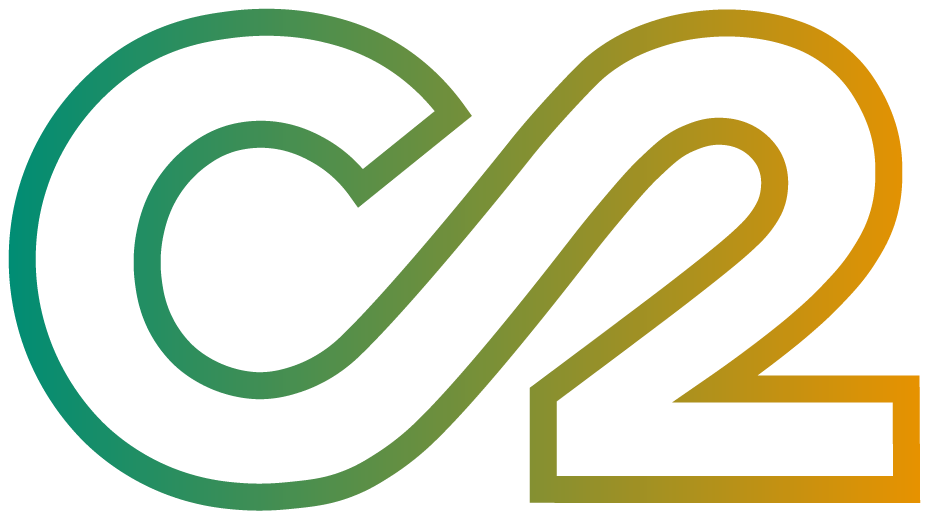Reimagining the Performance Model pt. 2
Employee-Led Performance – Developing leaders from the board room to the break room and everywhere in between
We introduced the ELO performance model in our last blog which truly transforms traditional performance management into ongoing performance development and enablement.
In traditional performance management models, much of the role and responsibility for ensuring performance results, conducting performance feedback, developing accountability and providing effective change management resides with formal people leaders in the organization. In addition, training focused on developing core leadership skills, activities and behaviors is generally reserved for these formal leaders.
This legacy performance model unfortunately limits true performance ownership, and by reserving leadership skill development for a select few, we limit the immense potential and impact of having everyone no matter what their title or position lead from where they are.
Employee-Led performance is the key to shifting performance results from management driven to employee owned, supported by formal leaders and enabled by the organization. As a foundation, it is important for an organization to create a baseline of expected leadership skills, activities and behaviors that everyone from senior leadership to entry level individual contributors understand, value, exhibit and are held accountable to. This creates a foundation of common leadership expectations and a “language” of leadership that defines your organization.
Of course, roles and responsibilities are different, and the level of leadership impact will change as you move up the organization, but developing a core set of leadership competencies in everyone is critical to tapping into, and leveraging the value of every employee leading where they are.
Where to Start –
Create awareness and set an expectation that everyone is a leader
Provide baseline leadership development, starting with 4-5 core leadership competencies that provide a competitive differentiation for your organization
Support developing the leader in everyone with coaching and training
Reward and recognize employee-led success
Continue to add to and build upon the core leadership competencies.
Expect everyone to lead, give them the tools and training to lead, support them like leaders, and they will lead!
Next week – Leader Support – Evolving the leadership model to meet the leadership challenges of the future.




